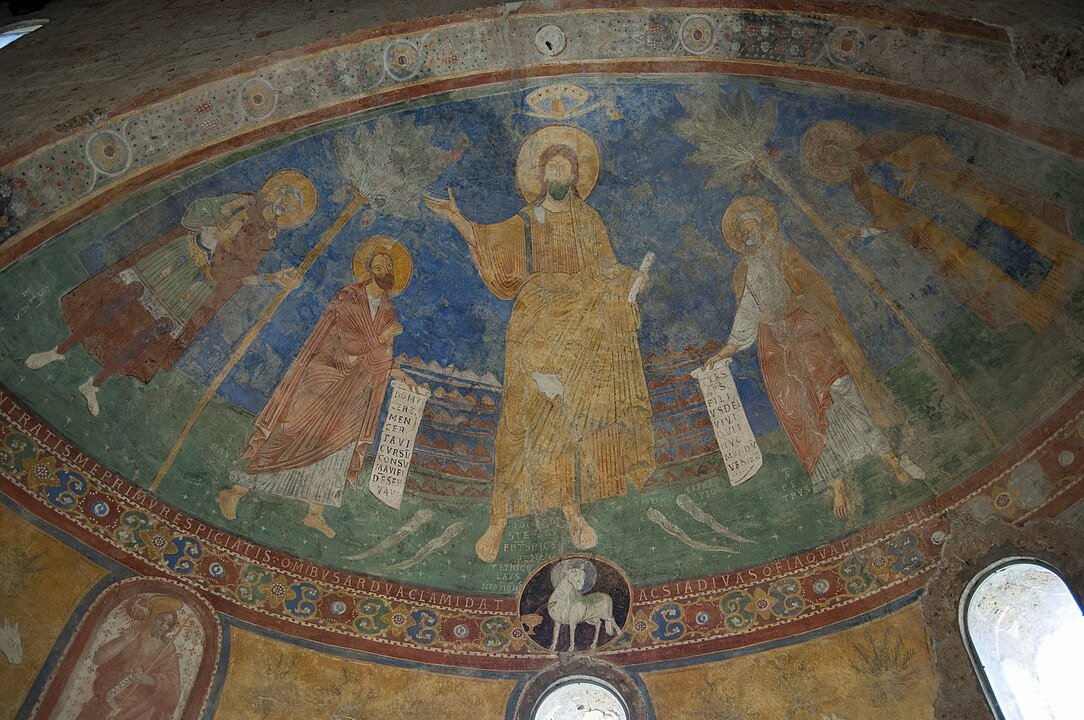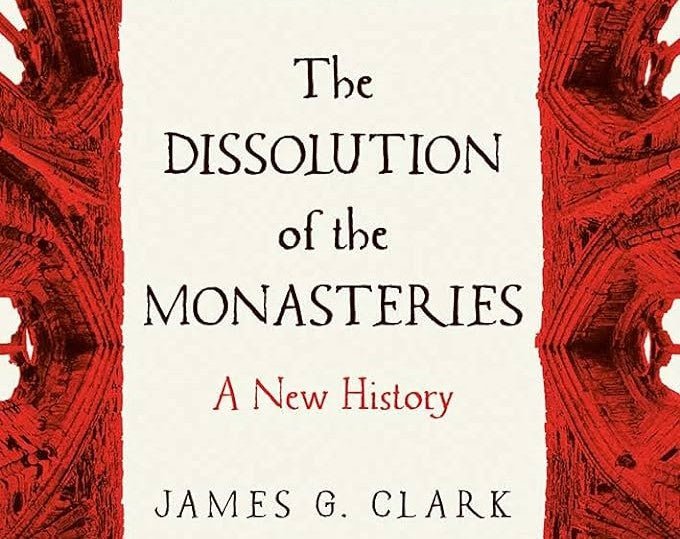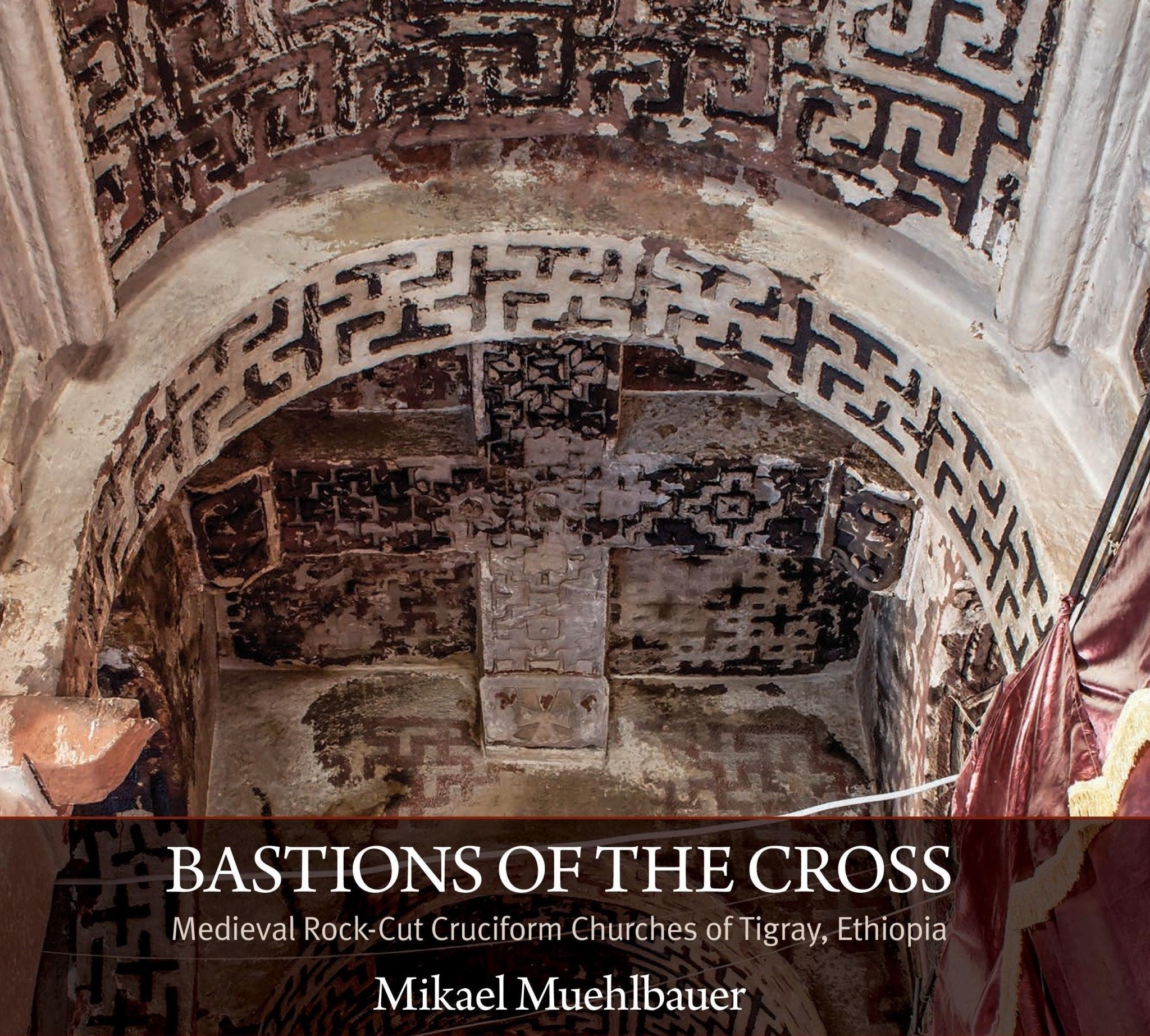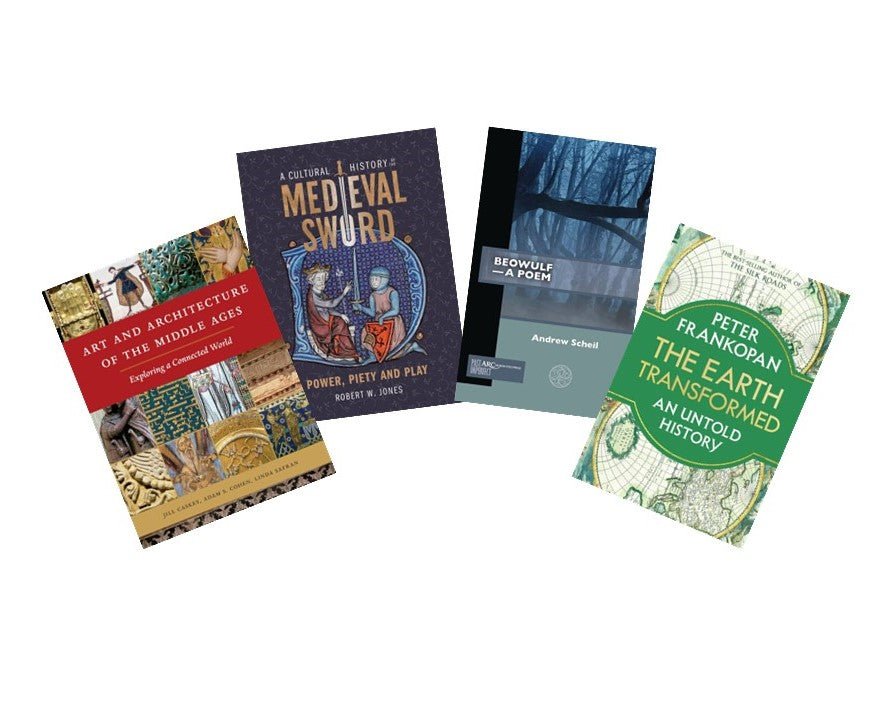Author Spotlight: Petr Uličný
Let's meet another one of our new authors for Medieval World: Culture & Conflict - Dr. Petr Uličný. Dr. Uličný is an architectural historian specializing in the history of medieval, Renaissance, and Baroque architecture in Bohemia, particularly in Prague, and in the symbolism of European medieval architecture. For the most recent issue of the magazine, he authored two articles: "Charles IV of Bohemia: A Fortunate, Rational, and Pious Ruler" (20-21) and "A New Charles: How Religion Shaped the Bohemian King" (22-27).


These contributions present Emperor Charles IV (1316–1378) as a pious ruler and patron who promoted the Passion devotion. This devotion to key Christian relics was linked with the creation of the celebrated chapels at Karlstein Castle (1357–1365) and the chapel of Charles’ ancestor and martyr St. Wenceslas in Prague Cathedral, which was designed as a shrine of Christ’s follower (1367–1373).
While studying these 14th-century monuments, their contradictions in terms of stylistic vocabularies have posed challenges to art historians. Although Prague Cathedral was built by one of the most progressive architects of the time, Petr Parler (ca. 1332–1399), in designing the dark and enclosed chapel of St. Wenceslas, he seemed to have returned to another time. This is why the chapel has previously been identified as a much earlier construction.
One of the most distinctive features of the chapels is the enchanting abstract landscapes petrified in the slabs of amethyst and jasper that line the walls. They add visual and material details while confusing the senses. This ambiguity and liminality of the Carolingian projects continually pique my curiosity and feed my desire to understand them.

Anything that makes it from the pages of scholarly journals and books to the ears of a wider audience is of irreplaceable importance; presenting something of these remarkable monuments to the readers of the Medieval World is, therefore, the ultimate goal of research.
In addition, it helps me to work on my perspective. Although it seems that the Carolingian stones were primarily chosen for their color, as their red and purple tones referred to the blood of Christ and Wenceslas (see my article in the Zeitschrift für Kunstgeschichte), it now invites me to use a “wide-angle lens” in which the subject of living (and dead) stones is captured. This is a topic that I am currently focusing on, and which may also have great potential to reach a wider audience. Fabio Barry’s fabulous book, Painting in Stone (2020), is extremely illuminating and inspiring for the study of the forms and meanings hidden in precious stones and their painted imitations. If you feel that contemporary art history no longer has much to offer, this book is a great cure for your hangover… as are the articles in issue 11 of Medieval World.




